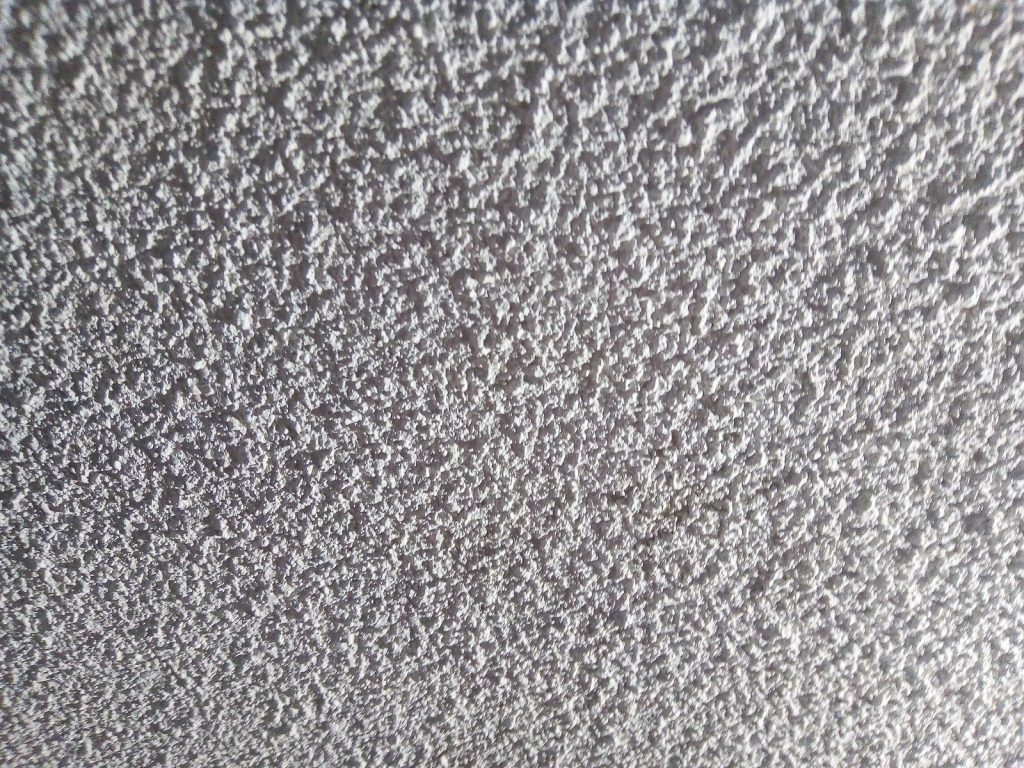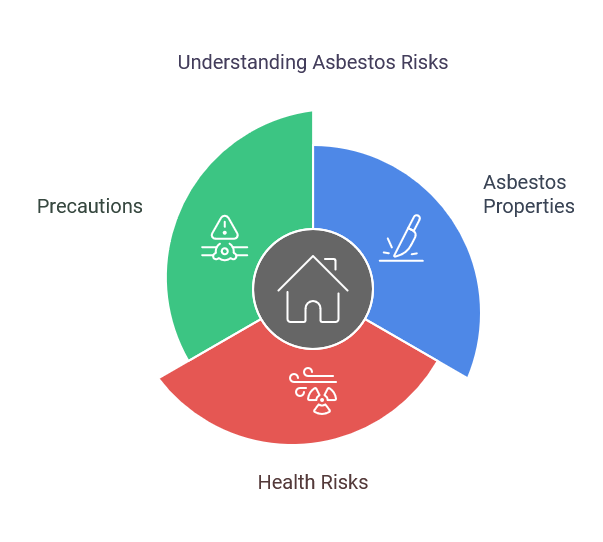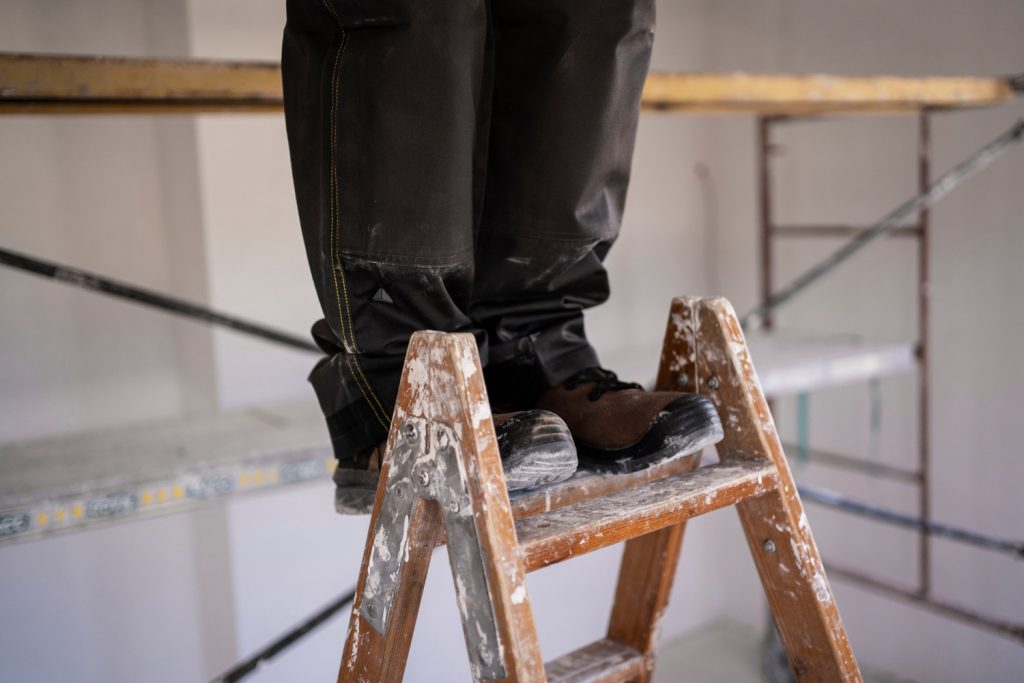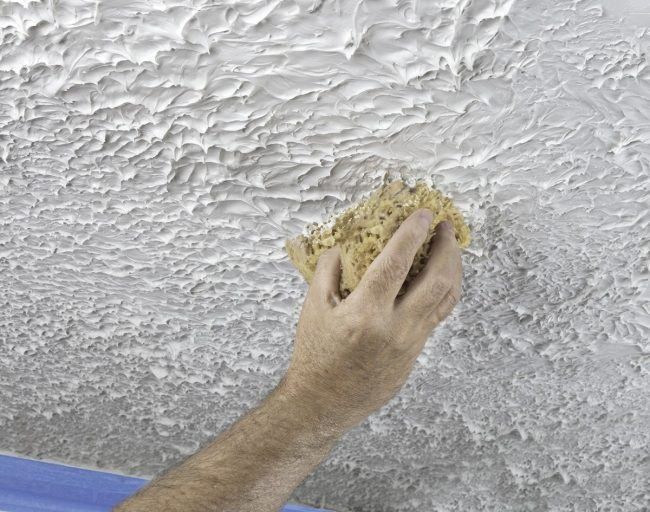
Your parents and grandparents probably remember the asbestos popcorn ceiling. It was a thing back in the 1950s, up until the 1980s—a low-cost ceiling finishing that was the quickest and cheapest way of disguising imperfections.
Since then, the popcorn ceiling has long fallen out of favour. Why? Because it is made with asbestos, which is a binding agent that can cause major health risks.
Knowing and understanding these risks is critical for homeowners like yourself, so you can take the appropriate measures to ensure safe renovation.
Learn more about the humble popcorn ceilings and the asbestos risks associated with them, and everything you need to know before embracing the popcorn kernels.
What Are Popcorn Ceilings?
Popcorn ceilings are textured ceilings that resemble pieces of popcorn. They are also referred to as acoustic ceilings or stucco ceilings because they can shift the look of the room and improve sound insulation.
This type of ceiling was really trendy in the mid-20th century for many reasons including…
• Cost-Effective and Time-Efficient: Popcorn ceilings are cheap and easy to spray on the ceiling. If you decide to use them, you can save money and time.
• Noise Reductions: Popcorn ceilings have a rough texture that can dampen the amount of noise that can pass through spaces.
• Aesthetic Appeal: This ceiling creates a uniform-textured look, hiding any spots or ugly blotches that would otherwise be apparent.
Asbestos and Its Risks

Asbestos is a mineral fibre from rock and soil deposits that is highly resistant to corrosion, heat and chemicals.
This makes asbestos the perfect binding agent for the popcorn ceiling because it has good insulating properties that can block sound and heat.
Health Risks
These asbestos fibres are invisible to the naked eye, so tiny that they float in the air for days once disturbed. While airborne, they move freely and can easily be inhaled, and that can lead to serious health issues such as asbestosis, lung cancer and mesothelioma.
Upon exposure, the symptoms of these conditions will take years to develop, which hinders early detection.
So, when you’re planning to remodel older homes, you have to understand the danger that comes with dealing with materials containing asbestos.
We advise you to take precautions and talk to professionals to do testing and ensure safe paint removal.
Identifying Asbestos in Popcorn Ceilings
Look, not all popcorn ceilings have asbestos. Since the Clean Air Act in 1978, popcorn ceilings have turned to other less harmful binding agents.
Nevertheless, before then, asbestos was ever present in every popcorn ceiling, which is why it’s important that you can identify its presence in the home you’re remodelling.
Testing for Asbestos
Before you take a sample, wear personal protective clothing such as a mask, gloves and goggles, and make sure there’s fresh air moving around in the area.
Now, using a wet cloth, collect a small sample of the ceiling. Then take it to a laboratory that specialises in asbestos testing. This way, you can ensure standard measures are taken, guaranteeing accurate results.
Signs Your Ceiling May Contain Asbestos
The age of the home is a total giveaway— if it was built before the 1980s, the ceiling likely has asbestos.
You can also find clues on the texture and appearance of the ceiling. You see, popcorn ceilings are textured, so they’re bumpy and stippling. Also, if you notice the material declining, the chances are it’s made of asbestos.
But at the end of the day, it’s best to contact a professional and let them do the testing. They have the knowledge and resources to definitively determine the presence of asbestos.
Preparing for Renovation

Here’s how you’re going to prepare for renovation when working with older properties with the accompanying risk of asbestos:
Safety Precautions
When handling materials with asbestos in them, safety first. Put on your PPE, complete with respirators, gloves and coveralls. Gearing up is highly necessary so you don’t breathe in damaging asbestos fibres.
Preparing the Area
Prepare the space you will be working on. To prevent contamination, seal off the working area, door and vents, using clear plastic sheeting to lower the air pressure and prevent the airborne fibres from spreading.
In addition, remove furniture and cover the floors. This way, it’s easier to eradicate materials that may have asbestos and avoid contamination.
Methods for Removing Asbestos Popcorn Ceilings
The removal of asbestos popcorn ceilings is a serious matter, so we suggest paying attention to these methods.
DIY Removal vs. Professional Services
You have the option to either DIY or contact a professional in your asbestos popcorn ceiling removal.
Obviously, DIYing this process will save you money, but it always comes with a great risk. If you don’t have the knowledge and resources, you are at the mercy of these toxic materials moving in the air.
On the other hand, working with licenced asbestos abatement professionals gives you peace of mind. Since they have the knowledge and resources, they can handle asbestos material with utmost care and ensure a safe environment.
Safe Removal Techniques
If you insist on doing it yourself, wet scraping is the best way to remove airborne materials.
You can completely wet the ceiling to minimise airborne fibres. Afterwards, use a scraper to gingerly take them out while maintaining a moist surface with a spray bottle.
While you’re working, don’t forget to wear your protective gear.
Proper Disposal
Asbestos-containing materials are dangerous, which is why they should be handled according to strict local regulations. They have to be placed in a sealed container before they’re moved to the disposal facility.
You should also contact local authorities and inform them to ensure optimal safety standards are leveraged and met.
After Removal
Repairing the Ceiling
Once you’ve gotten rid of the popcorn ceiling, you can get back to repairing it. To restore imperfections, sand the area and patch any cracks or holes. After patching, you can sand it again to thoroughly smoothen and even out the surface.
Repainting or Texturing
When you’ve polished the ceiling, you can start refinishing. You actually have two options for this; you can either paint or apply a new texture.
Painting on interior and exterior walls is the most straightforward alternative, while texturing will require more time and skills. Whatever you choose, always use the right materials and proper technique so you can achieve your desired result.
Conclusion

Popcorn ceilings have lost their appeal. But while not all textured ceilings have asbestos, it’s essential to treat these coatings with care and caution.
Follow the safety steps we recommend to ensure you’re working in a safe environment, free from the harmful exposure of asbestos fibres that can induce serious complications.
Always prioritise health and safety. If you’re unsure, consult professionals.
A One Korean Painting has experts who can guide you to a safe popcorn ceiling removal process, helping you achieve the best remodelling look you’re going for.

